We Are Still Here was a surprise hit on the indie horror scene when it debuted in 2015. It was a ghost story at its core but had so many more secrets, including a Reservoir Dogs-style brutal supernatural cliffhanger. It also won many fans over and was critically praised, instantly making the man behind the camera one to look out for in the horror genre.
But Ted Geoghegan didn’t have the desire to stay firmly planted in one place. He wanted to tell more stories and transcend the genre, even though he absolutely adores it. Which brings us to his new historical drama, Mohawk, which is now available and delighting viewers and critics alike.
Recently, I had a chance to sit down with Ted and talk about the project, its supernatural and horror elements, and his decision to attempt a brand new tale in an entirely different realm of filmmaking.
Check out what he had to say below, and enjoy!
Ted, thank you for having this sit down with me and congrats on another great film. It’s quite a bit of a departure from We Are Still Here, but tell the readers what to expect.
Ted: The plot of Mohawk involves three lovers which consists of a Mohawk woman and man, as well as an English soldier who have formed an unconventional bond together toward the end of the War of 1812. After being tired of seeing his tribe become New Americans, the young Mohawk man burns down an encampment, thinking he’s killed everyone, although eight survive the blaze and give chase when it comes to the group.
It’s a dark drama about the futility of war and how things really do not change over the course of two hundred years. It’s a movie about marginalized people getting f**** over and the white man’s misunderstanding of the fact that they’re the villains. It plays on the blindness when it comes to their hatred and ultimately puts them on the wrong side of history.
The more things change, the more things stay the same.
Ted: Exactly.
After doing a film that was completely rooted in the horror genre, what inspired you to take such a sharp turn into historical non-fiction territory?
Ted: Well, I can definitely tell you that while the events in Mohawk are historic, the contents of the film is very much fiction. It’s a fictionalized account and has very strong genre elements. Without giving too much away, it’s almost surreal, abstract, and has these almost supernatural elements throughout.
When I had set out to do it I wanted to make something that was important to me. I’m not saying that We Are Still Here wasn’t, but with my directorial debut I wanted to show audiences what I saw as a lost horror film from the late seventies. With Mohawk I wanted to make a film that focused on things that were important to me when I was watching the world changing over the past two years.
When I had discovered the Mohawk people and what they had brought to my hometown city of New York and history in general, I always held them with great reverence. I had learned that they had gone through so much and I thought it was a great story to tell, especially in our changing times where people are still marginalized and idiots are going out of their way to make their lives even more difficult.
As a man of European heritage, I wanted to tell a story that things haven’t changed and things need to change. Sadly, we know what happened to the Native American people. These people had been pushed back almost to the point of extinction, and as a white man I wanted to see more of these varied voices in cinema.


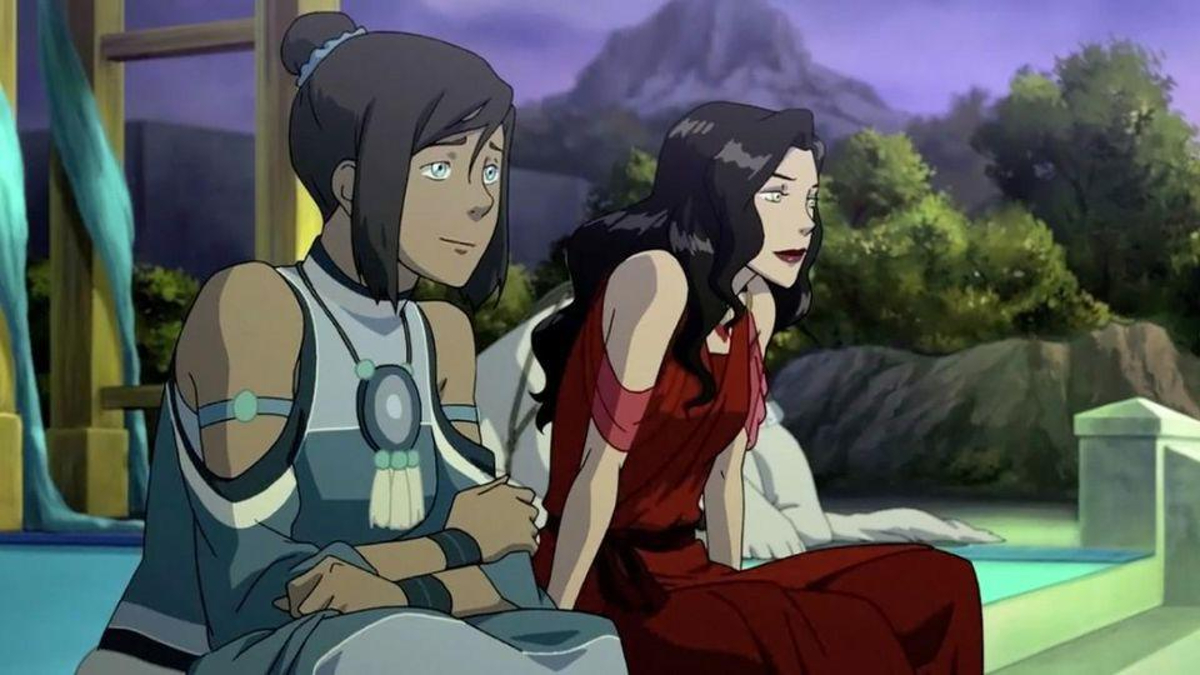


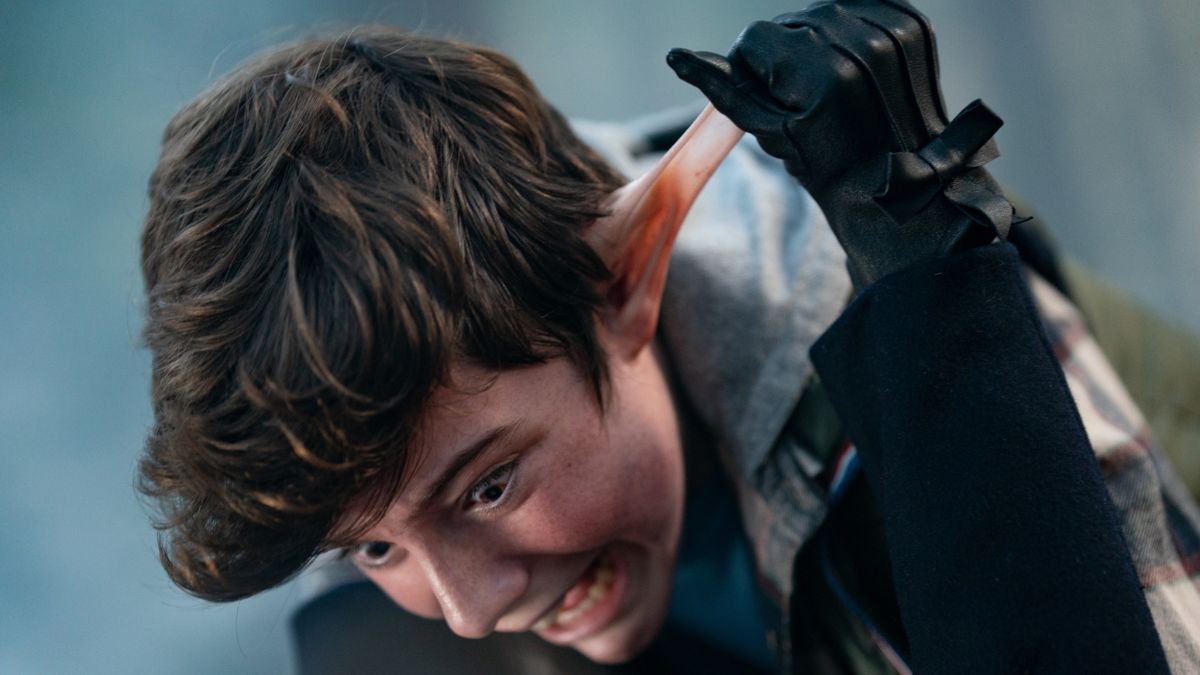
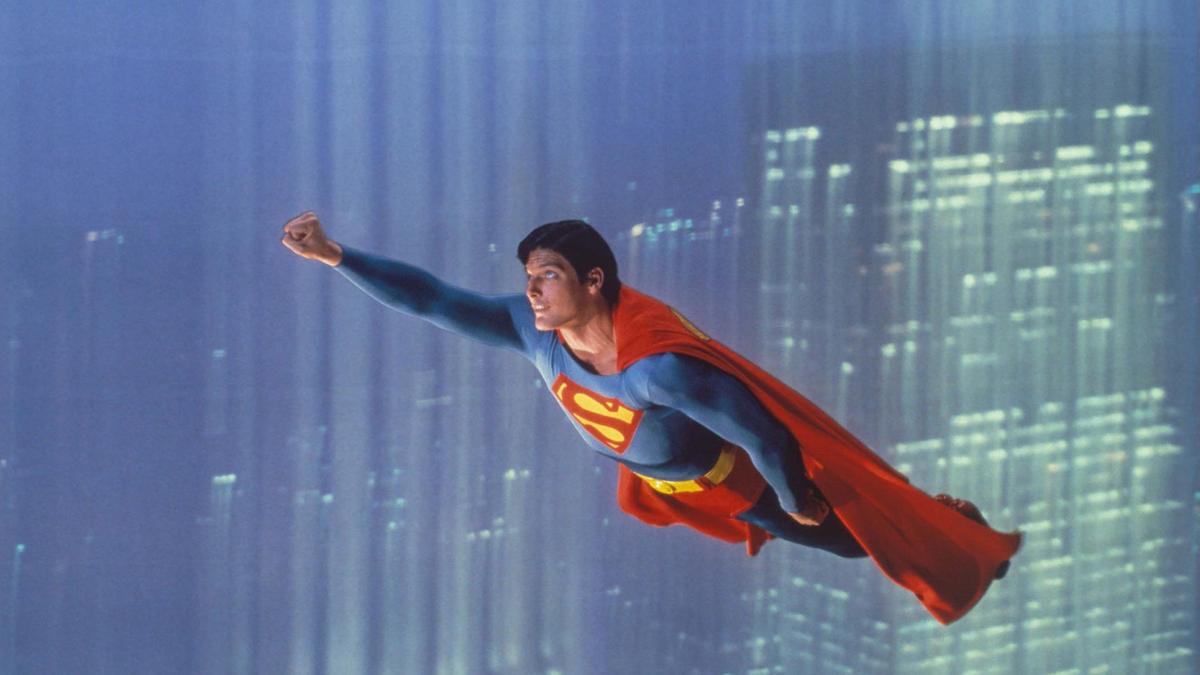
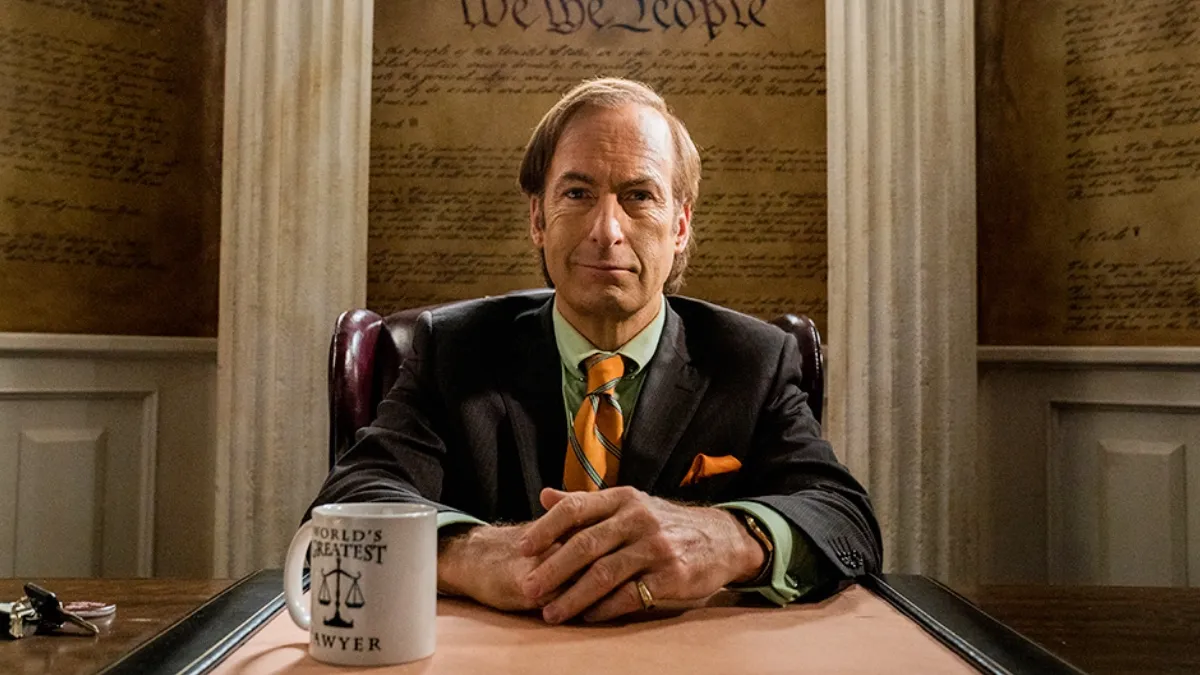
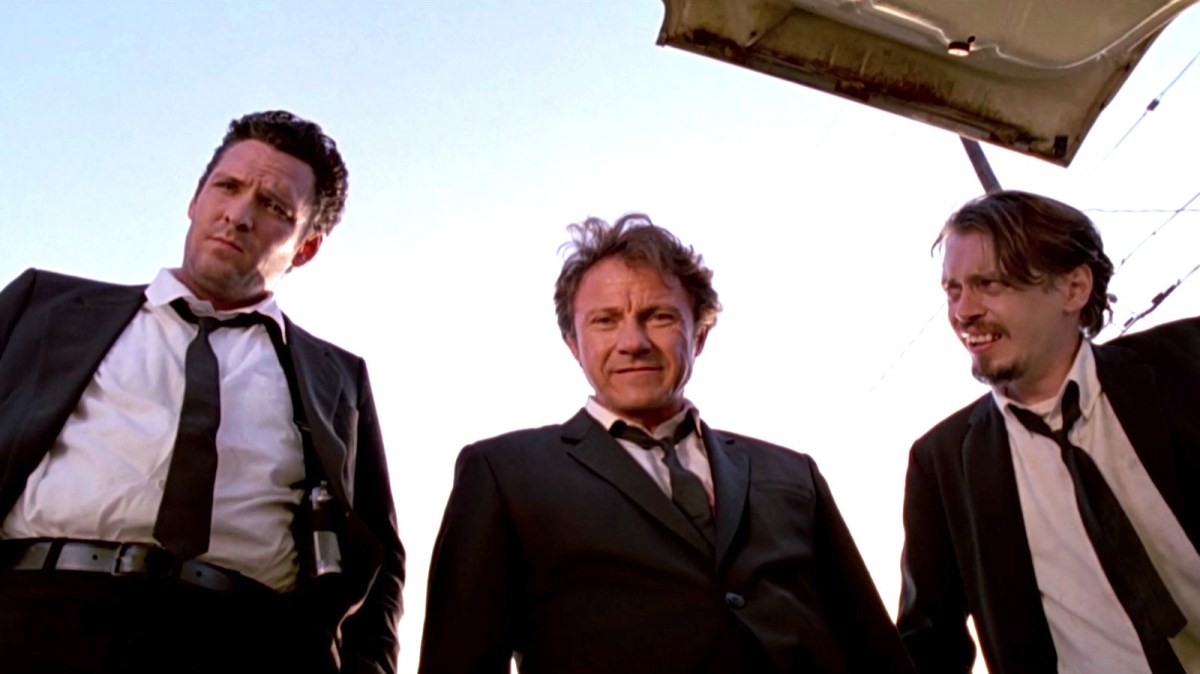
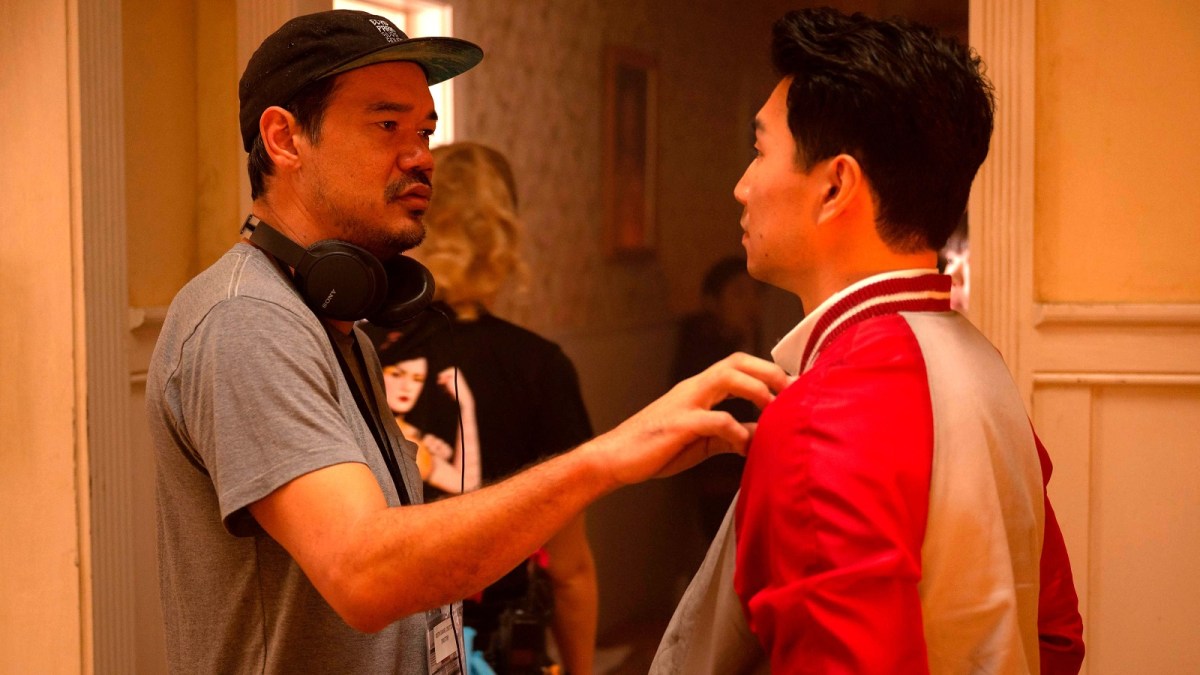
Published: Mar 4, 2018 06:38 pm